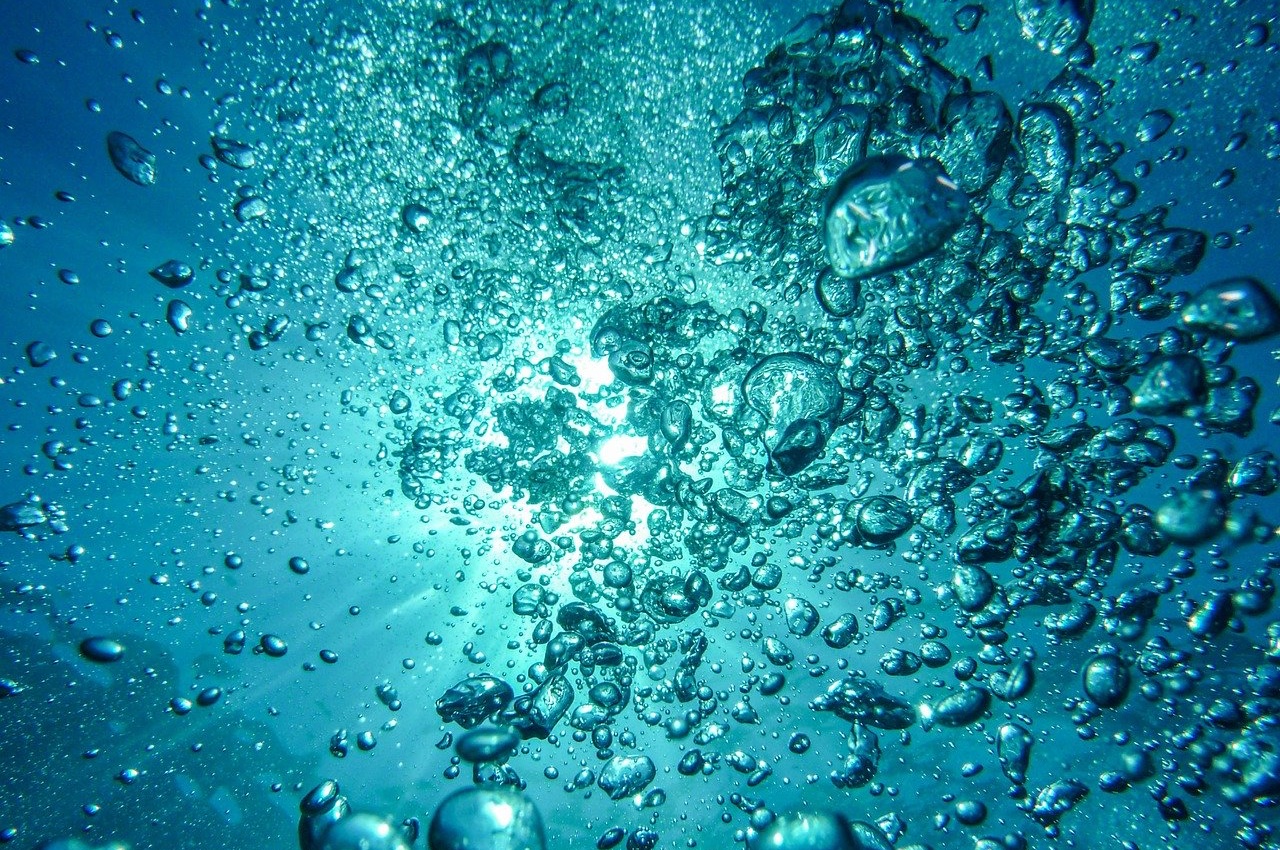Lungs and their measurements
For training before diving, it is very important to first study the breathing process.
The main indicators that measure lung function are the following:
Tidal Volume (TV)
The tidal volume indicator shows how much air a person inhales and exhales, while the measurements are taken in a relaxed state. This figure is an average of 500 ml.
Inspiratory Reserve Volume (IRV)
This indicator shows how much air a person can inhale additionally after an already taken breath.
Expiratory Reserve Volume (ERV)
Similarly, the indicator shows how much air can be exhaled after a calm exhalation.
Vital Capacity (VC)
The indicator of the maximum volume of air that can be inhaled by a person after exhaling. This number is usually about 3-5 liters.
VC = IRV + TV + ERV
Functional Residual Capacity (FRC)
The indicator shows the volume of air that remains in the lungs after exhaling in a relaxed state.
FRC = ERV + RV
Residual Volume (RV)
This indicator is determined by the amount of air that remains in the lungs of a person after exhalation, which is made in the maximum volume. This indicator, unlike others that are measured with a spirometer, cannot be measured empirically. On average, it usually makes up 25% of the total lung capacity (TLC).
Total lung capacity (TLC)
According to the name, this indicator determines the total amount of air in the lungs that a person is able to hold. On average, this figure is 3,5-6 liters.
TLC = VC + RV
It is possible to increase vital capacity both by using the method of full breathing, studied in AIDA 2, as well as by stretching those muscles that are involved in the breathing process, including the diaphragm.
Tidal volume in relaxation
In preparation for breath holding, the relaxation phase is used. With deep relaxation, breathing also calms to the maximum extent and a person inhales and exhales less air.

Pressure and RV Depth Dependence
When a person exhales, the lungs reach their residual volume. Such a volume is the smallest for which the lungs are used to. During freediving with increasing pressure, the volume of inhaled air decreases and at a certain depth it will approach the residual volume.
This process of approaching the residual volume is recorded by the body as heaviness and pressure on the upper body. When reaching the depth of failure, when the residual volume is reached, normal equalization is not achieved naturally. Therefore, freedivers should be especially careful when approaching such a state and pressure level. It is necessary to move smoothly, not to make sudden movements, to dive without jerking, controlling your speed. It may take several weeks for the body to get used to this condition.
When a person inhales and exhales in a calm state, being in relaxation, one can feel in practice what Tidal Volume is. We will inhale and exhale a volume of air of about half a liter. If you inhale more than you previously inhaled in a calm state, then an additional volume of air will be inhaled, so you can feel what the Inspiratory Reserve Volume is. Further, we can continue calm breathing and, after exhaling in this state, exhale additionally. This volume of exhaled air is our Expiratory Reserve Volume.


